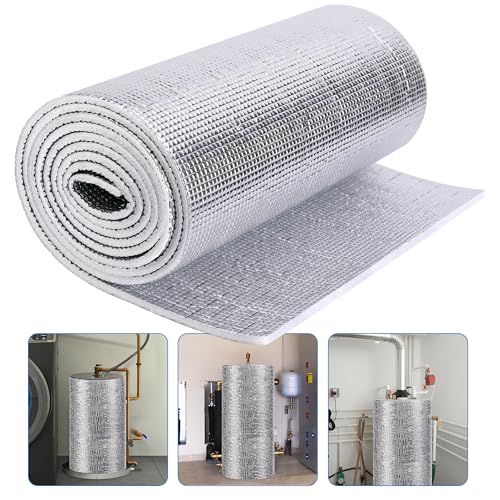twoskinsoneman
Member
I have had a decrease in water pressure over several months. I suspect the pump and plan on pulling it, however I also am considering the possibility of a restriction of flow in the water pipe from the well to the house. It's black HDPE and about 150' or so and it also runs under my paved drive way. I really don't want to think about trying to replace it. So here's my question. It there a way to clean it? If it is restricted by some kind of build up can I snake it or something?
Details. I have a submerged pump somewhere in the range of 250-350ft down (I think). It's black HDPE from the pump to the pitless adapter, then the same from the adapter to the house. Then the standard pressure tank and switch. When I turn on a faucet the flow is okay as the pressure tank empties. The pressure switch closes properly and the pump runs but the pressure continues to drop until it levels out at about 10 psi. This is with just one faucet open. So either the pump is damaged so it's not pumping what it should or there is blockage. After I close the faucet the pressure will eventually rise to open the pressure switch but it takes several minutes. I haven't timed it but it's around 10 minutes or more.
Details. I have a submerged pump somewhere in the range of 250-350ft down (I think). It's black HDPE from the pump to the pitless adapter, then the same from the adapter to the house. Then the standard pressure tank and switch. When I turn on a faucet the flow is okay as the pressure tank empties. The pressure switch closes properly and the pump runs but the pressure continues to drop until it levels out at about 10 psi. This is with just one faucet open. So either the pump is damaged so it's not pumping what it should or there is blockage. After I close the faucet the pressure will eventually rise to open the pressure switch but it takes several minutes. I haven't timed it but it's around 10 minutes or more.

























































